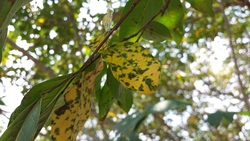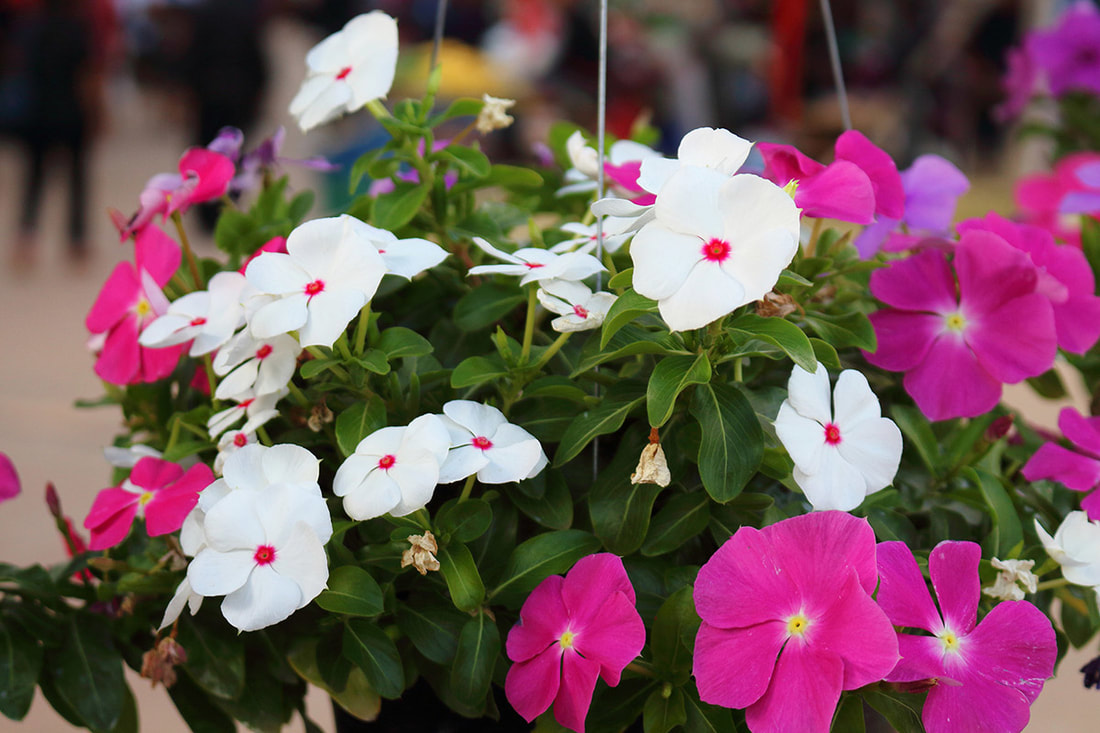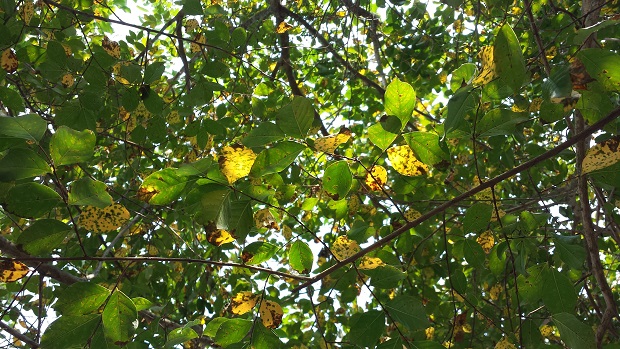|
Different types of fungus can be found in too many places to name. However, some examples of where they can be located include your landscape, forests, and even you. Scientists were able to estimate that there were approximately 2.2 to 3.8 million species of fungi! Even though that is the case, the majority of those species have not yet been found. What Is Fungi?Fungi are phenomenal organisms. Inhabiting every environment on this earth, Fungi can be microscopic or can be seen with the naked human eye. The structure of fungi usually consists of hyphae which are usually thread-like filaments or roots. A group of hyphae is called a mycelium. They can reproduce sexually or asexually. They can reproduce asexually via spores. Like all organisms, fungi want to survive and reproduce. Fungi astoundingly have existed approximately 35 million years prior to land plants. How Do They Live?Fungi have a phenomenal ability to eat a wide viraety of things. They are heterotrophic and saprotrophs. Heterotrophic means that in order for their nutritional and metabolic needs to be fulfilled, all they need is carbon. Saprotrophs are organisms are able to attain all the needed nutrients from non-living organic material. Fungi are able to break down a viraety of different subject matter like dead animals, plants, and even plastic. However, there are some fungi that have the ability to be parasitic. When fungi are parasitic they infiltrate and attain nutrients from living organisms. When the fungi is parasitic it has the possibility of causing disease. What Can They Do?You may be wondering how does or how can it can effect your everyday life? When looking into it, fungi has a lot of economic importance. Yeast is a type of fungi that is used to help raise bread. Mushrooms are also a type of fungi, and some of the mushrooms that exist are used frequently in food dishes. It is also used in drinks such as wine and beer. Fungi also helps make medicine such as penicillin, mycophenolate, and micafungin. Pest control. It has even helped a greater of understanding of genetics in biochemistry, specifically the restriction enzyme. Fungi and Fun Facts
0 Comments
Do you have an area of dying grass in your yard and don't know why? During spring and fall you are likely dealing with a lawn fungus known as brown patch or large patch. Spring and fall are prime time for lawn fungus trouble. This fungus problem seems to come back and plague the same properties each year. If you have had brown patch in the past, take steps to treat it each spring and fall season. What does brown patch look like? Brown patch can look different depending on the type of grass in your lawn. Dark brown border with a rounded shape. It can appear circular or irregular. Thin grass inside middle of the border. Brown patch damage can vary greatly in size, ranging from a couple of inches to a few feet. Brown patch fungus problems worsen with the following conditions:
Warm Days (70 F to 90 F) Cool Nights High Humidity Too Much Water Nitrogen Rich Soil How to control brown patch in your grass? Only water your lawn when needed. Only water in the morning so it can dry up by night. Postpone using nitrogen based fertilizer until the weather is consistently 90 F or above. Core aerate your yard to break up thatch build up. Apply a preventative fungicide when conditions favor brown patch. It is easier to prevent than to stop. If brown patch is active, use a curative fungicide labeled for brown patch. Follow the label. Continuous wet weather leads to the right conditions for Entomosporium leaf spot to develop on your Indian Hawthorne bushes. Look for small, reddish-purple dots on new leaves that seem to die in the center of the spots. Yellow outlines will form on the outline of the spots. Later you will see the leaves turning red and falling off. This leaves your Indian Hawthorne with a lot less leaves and looking really unhealthy.
This fungus lives on the leaves that are infected and also on the surface of the ground. If you catch it early, remove the infected leaves. Like most fungi, removing select branches and allowing more airflow will let the plant dry quicker. This creates a less pleasant place for the fungus. Also remove the old leaves that have fallen to the ground. Fungicides will help in controlling Entomosporium leaf spot. Use it about every two weeks when the weather keeps the area wet and the temperature is not hot enough to dry out the plant leaves quickly. Spring and Fall are prime time for this fungus to develop. If you continue to have problems with this disease year after year, consider replacing your plants with a different species. Vinca, aka periwinkle, is a super popular plant during Louisiana summers. The flower is everywhere you look and for good reason. The flower looks fantastic in Louisiana landscapes. It does well in hot weather and in drier conditions. Unfortunately wet weather and cool temperatures become the perfect environment for Phytophthora blight, the vinca killer. This disease is always present in the soil, but can affect vinca when conditions favor it for too long. It spreads easily by rain splashing onto neighboring vinca, causing crown and root rot. It can wipe out an entire planting in no time.
Here are some best practices for planting vinca:
In the previous few years, boxwoods have been repeatedly damaged by an unknown source. Raj Singh, a plant pathologist from LSU AgCenter, noticed this and identified the cause as the fungus Colletotrichum. It causes random die-back of twigs and a black discoloration of the stem. There are currently no official recommendations for treatment for the fungus. Considering this, take extra care to sanitize your pruning equipment to prevent the spread of the disease to healthy plants. If you suspect your boxwoods have been infected, please contact your AgCenter extension. Removal of infected plant matter may help prevent the spread of this new pathogen. Landscape Disease Control
It is the middle of the summer and your crepe myrtles leaves are starting to discolor. They are developing brown spots and the leaves change from their natural green to yellow, orange and red. Crepe myrtle leaves will start to fall and your tree will start to look pretty shabby. So what is causing this problem? Cercospora Leaf Spot Cercospora Leaf Spot is a fungus that causes all the problems mentioned earlier. While it won't severely damage your tree at first, it will return each year can start hurting your tree. The fungal spores spread from splashing water during warm wet weather. Trees in humid areas with little air flow are more severely affected. Treating Cercospora Leaf SpotBuy a fungicide labeled for Cercospora Leaf Spot. Treat your tree as specified on the label starting in early summer when you first notice new spots. Most products have a short control period. If so, you will need to retreat your tree every one to two weeks, depending on the product label. Thinning the branches on the crepe myrtle will lead to better airflow and reduce the chance of Cercospora Leaf Spot recurring. Professional Tree Fungus ControlGreenSeasons offers fungus control and professional pruning in the greater Baton Rouge, greater New Orleans, Slidell, Prairieville, Walker, Denham Springs, Gonzales, Baker, Zachary, Hammond and Covington areas. If you need fungus control or professional pruning, click here for a free quote and we will give you a call.
If you would simply like some advice on fungus control or pruning, please contact us and we will be more than happy to help. |
AuthorCharlie Casselberry Categories
All
Archives
April 2024
|
Contact |
Services |
About |
Locations
|
GreenSeasons
|
Baton Rouge Office
11628 S Choctaw Drive, Suite 227 Baton Rouge, Louisiana 70815 |
Greenwell Springs Office
14461 Frenchtown Road Greenwell Springs, LA 70739 |
Slidell Office
56010 Highway 433 Slidell, Louisiana 70461 |
© 2020 GreenSeasons









 RSS Feed
RSS Feed
